- What We Do
- Agriculture and Food Security
- Democracy, Human Rights and Governance
- Economic Growth and Trade
- Education
- Environment and Global Climate Change
- Gender Equality and Women's Empowerment
- Global Health
- Humanitarian Assistance
- Transformation at USAID
- Water and Sanitation
- Working in Crises and Conflict
- U.S. Global Development Lab
Speeches Shim

January 2018
Equity in Health
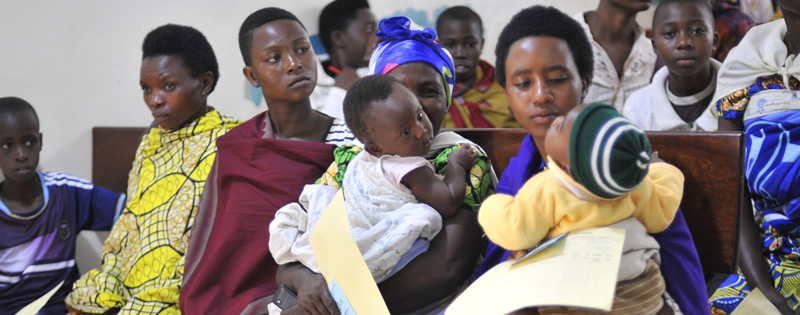
Photo credit: Riccardo Gangale for USAID/Courtesy of Photoshare
Going Beyond Access for All
Equity in health is the notion that everyone should have a fair opportunity to reach his or her full health potential. A focus on equity can strengthen the link between health and other development sectors by focusing attention on the most vulnerable populations. If certain populations are continually underserved by their health systems and experience a disproportionate impact, it endangers the well-being of societies at-large and can even hold back health progress for the most advantaged.
The global community has recognized the importance of addressing equity through the Sustainable Development Goals (SDGs). Ensuring that vulnerable populations can reach their full health potential means that children will be developmentally ready to go to school and their families will have the ability to send them. It also means that people will not die of preventable diseases. The U.S. Agency for International Development (USAID) supports programs that address the underlying barriers to wellbeing; this includes improved nutrition in the first 1,000 days, effective utilization of quality healthcare services and fewer illnesses.
Attention to health equity can lead to a cycle of improvement, enabling countries to reach the SDGs. Equity-focused programs concentrate resources where they have the most potential to do the most good, ultimately becoming more cost-effective in saving and improving lives.
Immunizations and Population Coverage: A Story from Tanzania
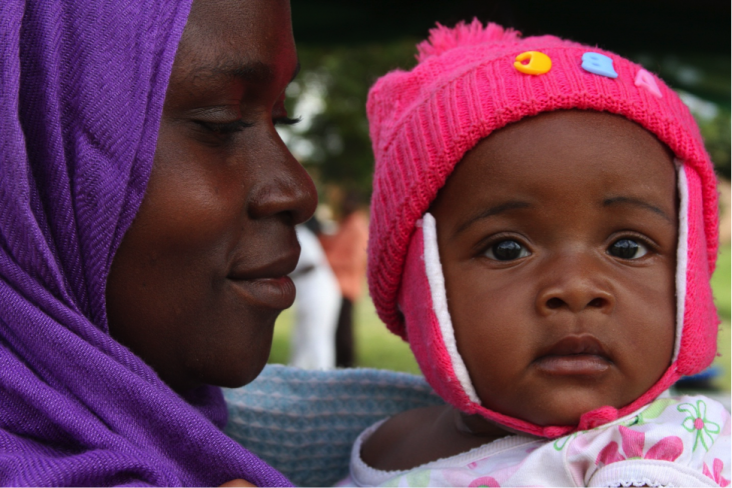
Monica Elias received health services while she was pregnant with her daughter Angel and delivered safely in a facility through USAID's Mothers and Infants, Safe, Healthy and Alive (MAISHA) program in Tanzania. Photo credit: Charlotte Cerf, USAID
Access to health services cannot be measured only by their availability. Many populations face different challenges when trying to access a health service, such as lack of access to affordable and reliable transportation, high out-of-pocket costs or lack of awareness. In Tanzania, USAID is working with the Ministry of Health and Social Welfare and Council Health Management Teams to expand access to lifesaving vaccines in three regions that have disproportionately high rates of under- and unvaccinated children. How are we doing this? The answer is systematically. Read the full story to learn how USAID integrates health worker training, health facility and service delivery improvements, and the use of health data to enable health workers and communities to make more informed decisions on how best to help marginalized populations gain access to lifesaving immunizations.
Ensuring Equal Access to HIV/AIDS Treatment and Services
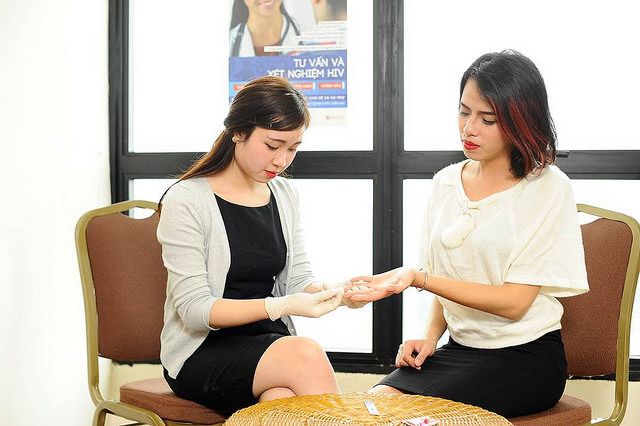
Photo credit: PATH
Achieving sustainable control of the HIV/AIDS epidemic will require that everyone has equal access to treatment and services. USAID, under the U.S. President’s Emergency Plan for AIDS Relief (PEPFAR), works to ensure the most vulnerable populations, also known as key populations, are not overlooked and remain a central part of HIV/AIDS programming. Through the LINKAGES project, the first USAID-funded project that focuses on key populations – including men who have sex with men, people who inject drugs, transgender persons and sex workers – aims to accelerate the ability of partner governments, key population-led civil society organizations and private-sector providers to plan, deliver and optimize comprehensive HIV prevention, care and treatment services to reduce HIV transmission among key populations and help those who are HIV-positive live longer.
- Learn about USAID’s key populations work in Indonesia: Getting on Schedule to Meet Fast-track Goals: Government of Indonesia Partners with USAID LINKAGES Project to Develop an Online Tracking Desktop App for Mobile HIV Testing [PDF, 383KB]
- Read the 2017 PEPFAR Key Populations Fact Sheet [PDF, 510KB] to learn more about our progress
Addressing Equity in Health at Every Stage of Development
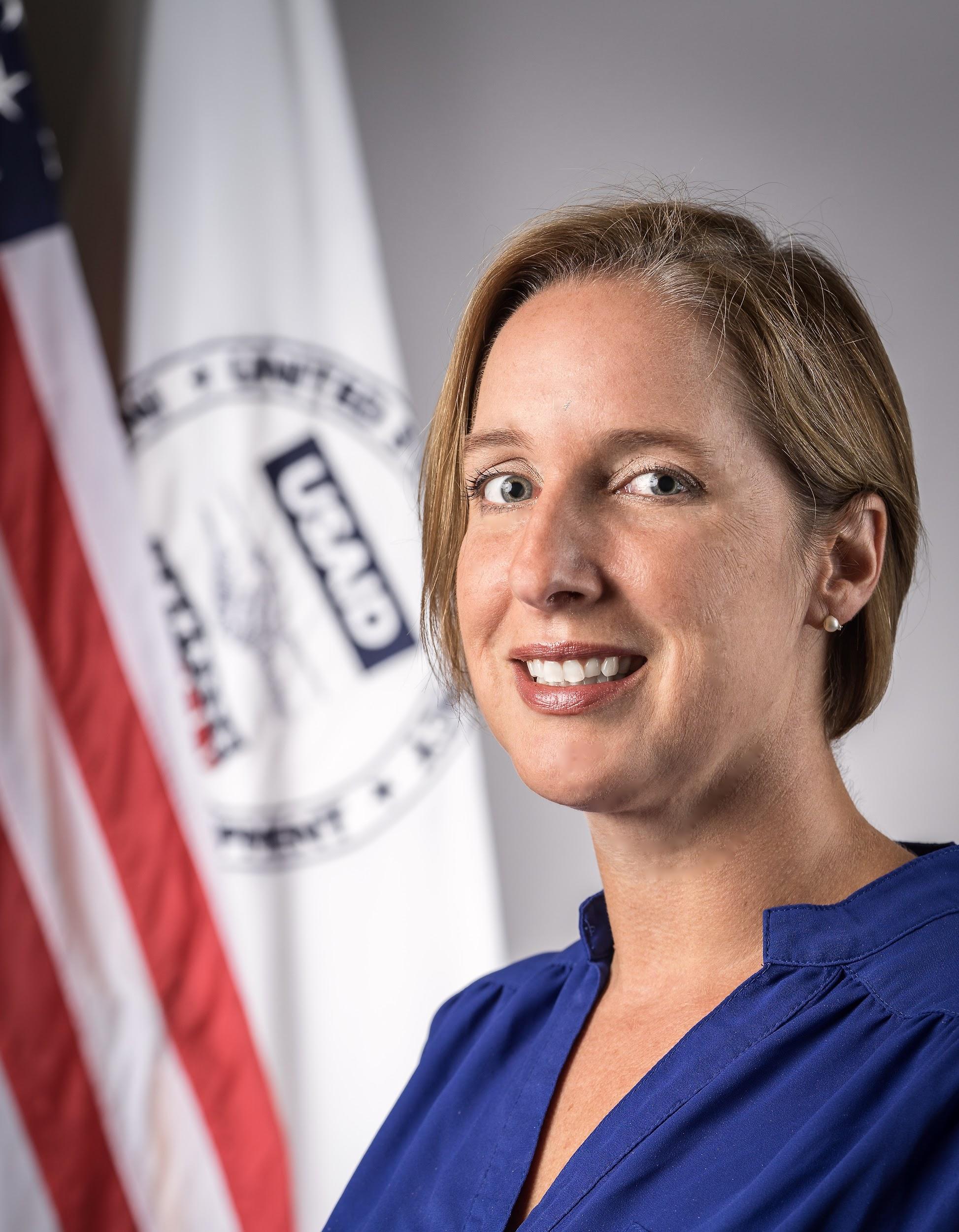
A Q&A with Kelly Saldana, Director of the Bureau for Global Health's Office of Health Systems
Question: Recent themes of the Acting on the Call reports, the flagship report of USAID’s Bureau for Global Health on maternal and child health, include equity and health systems. What is the connection between health systems and equity?
First, let me start by saying that equity is more than just ensuring access to basic healthcare services. It’s also not just about reaching the poorest populations. For instance, we see inequities in disadvantaged populations that get discriminated against in their ability to receive health services – take the Rohingya in Burma or stigmatized populations with HIV or women who may get treated with disrespect when they are delivering their babies, including instances when they are not allowed to use their cultural practices for delivery. There are also supply-side inequities: health facilities in certain areas that have less access to critical supplies, for a variety of reasons, including lack of electricity or water services. This also creates inequities in delivering basic health services.
Secondly, we have seen that countries that have developed their health systems without paying much attention to equity, find it much harder to address later. They may end up with persistent inequalities that can drag down the overall economy and development process. They will also have increased costs over the long term. Some people argue that there is a higher cost to address equity early in the development process because it is more expensive to get services to the most disadvantaged. While this is true in the short term, we know that over the long haul, the costs are less because you will have healthier people, who will get better jobs, care for their children and contribute to the overall development of their society.
Question: What types of global health investments can most successfully help us overcome inequities?
Equity is not the kind of thing that should be addressed only at the planning stage. You must carefully monitor for it over time. You need to look at whether you are reaching the population that you intended to target or not. Are you having the intended outcomes you set out to have? Are you treating people equally? Are your programs resulting in different health outcomes for different groups of people? These are the questions you must ask repeatedly because things change all the time. Just because you plan to have better health access for a group of people, does not mean you will achieve it or that you cannot be even more successful.
Question: What kinds of policies can USAID partner countries put in place to ensure they reduce health inequities over time?
There is a full range of different policies that can contribute to promoting equity, for instance anti-discrimination policies or policies related to whether or when to impose users’ fees. In general however, we need to take a long-term view on universal access to healthcare and work progressively to achieve it. This means first establishing policies that target populations with the greatest need and then expanding from there. If we do it the other way around or if we try to make changes on a population-wide basis all at once, we may find that policies don’t always reach the people we intend to reach.
Question: Any additional thoughts?
Looking forward, we need to do a better job of understanding the progression of health development in countries as it relates to equity, both in terms of what has happened in the past and what is likely to happen in the future. In countries where most people have very poor health outcomes, except perhaps for the very top of society, health development will inevitably create some health inequity as services improve and the country develops. Countries that have a more incremental status of inequity might imply something different. It is also important to think about how we think and measure equity. Are we looking for patterns across society or differences between one group and another?
My point is that equity requires constant evaluation. You cannot just say, we have community-based insurance in a country like Rwanda, for instance, so the job is done. When you solve some problems, eventually new ones will develop. This includes new inequities, so there is a need to continually monitor and expand services in a way that maintains equity.
GLOBAL HEALTH VOICES
Podcast
Podcast –"Partnering with the Private Sector to Gain Equity"
Listen to our conversation with Elaine Menotti, Senior Technical Advisor from USAID's Office of Population and Reproductive Health, to hear how the private sector is a critical partner for achieving equity in health.
Download a transcript of this podcast [PDF, 94KB].
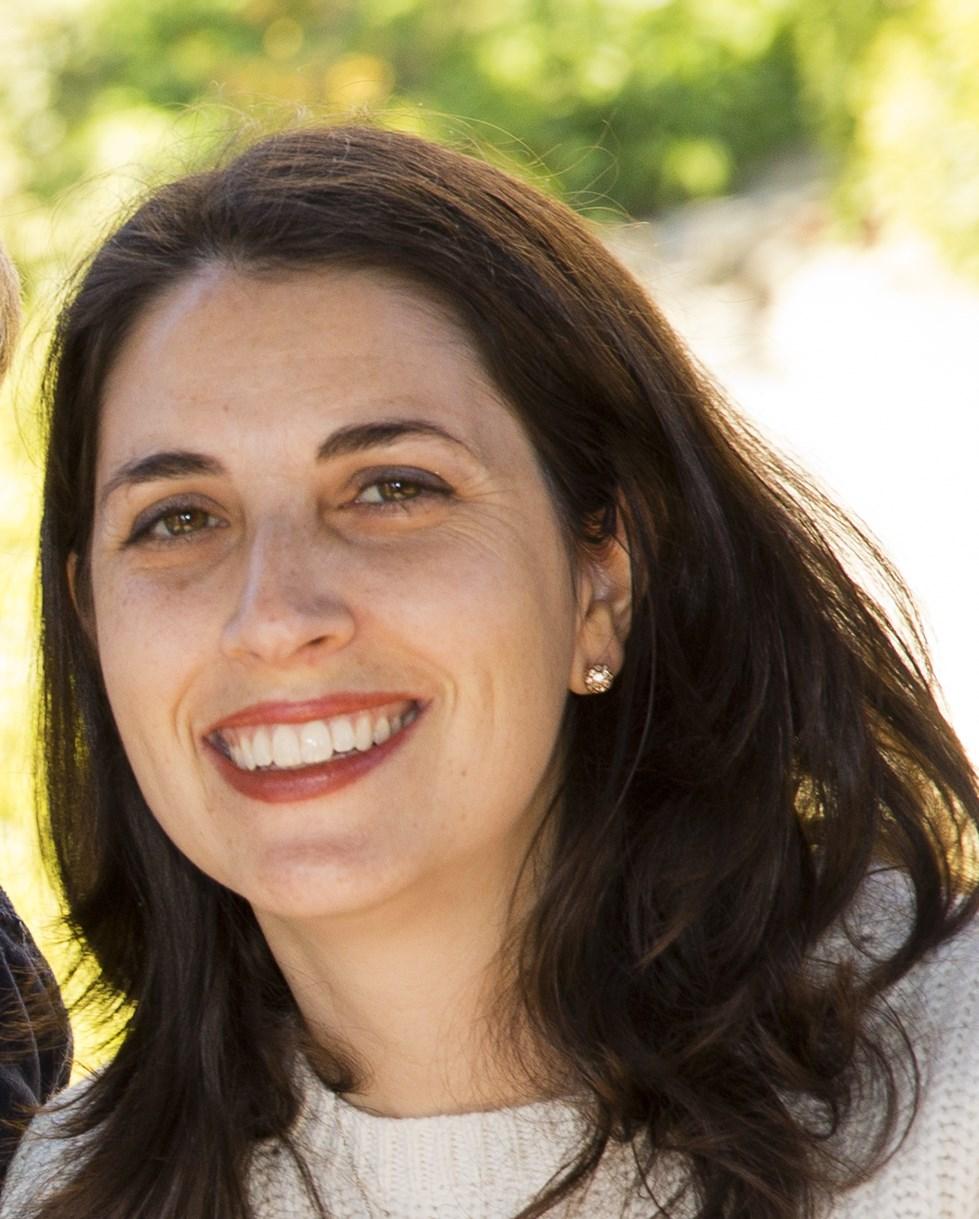
GLOBAL HEALTH HIGHLIGHTS
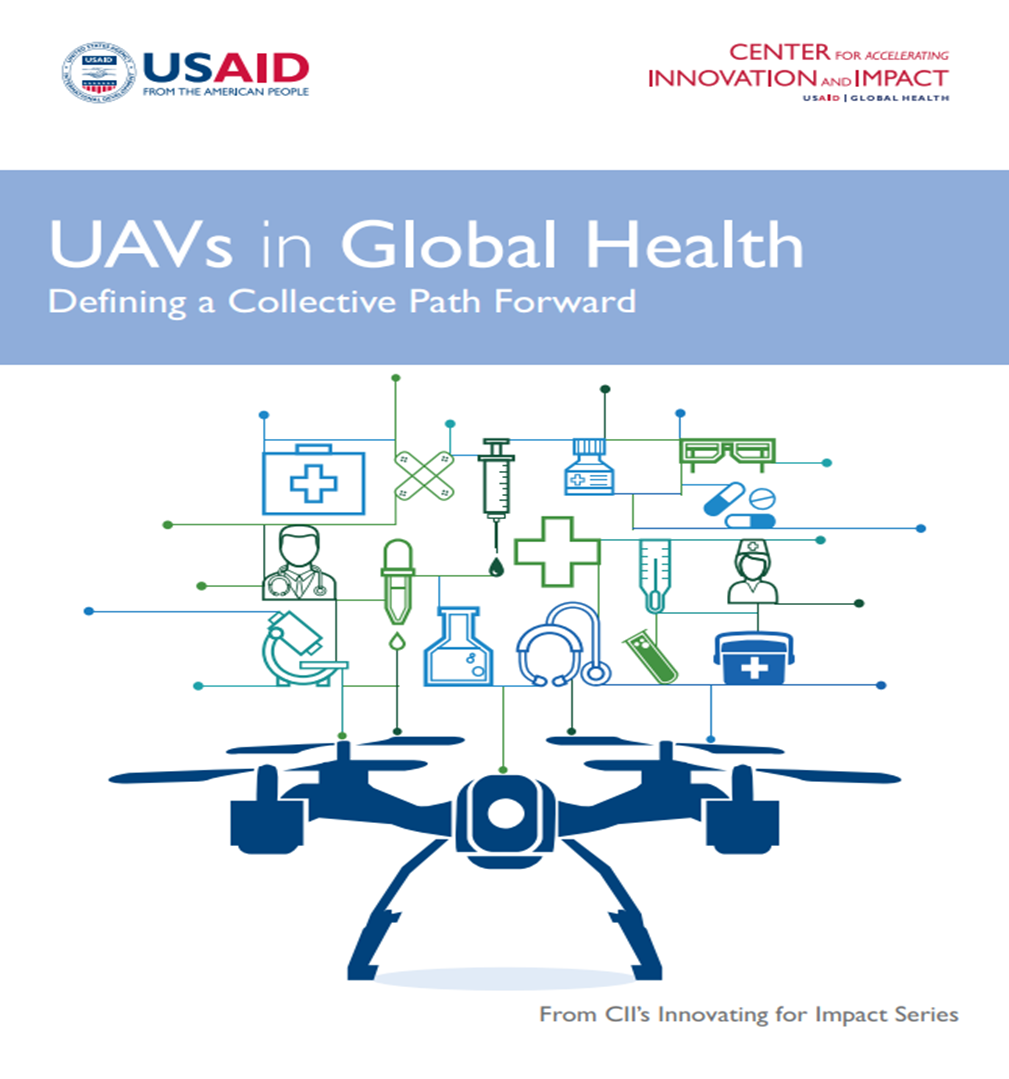
UAVs in Global Health
Unmanned aerial vehicles (UAVs) have the potential to make significant impact in global health. A broad community of funders, innovators and implementers have an opportunity to align future efforts to address our most pressing challenges and advance the most promising applications of UAVs in global health supply chains.
USAID’s Center for Accelerating Innovation and Impact (CII) developed UAVs in Global Health: Defining a Collective Path Forward, a report that lays out a proposed investment roadmap to align stakeholders and accelerate progress toward the cost-effective and sustainable role for UAVs in global health. Learn more about CII’s work.
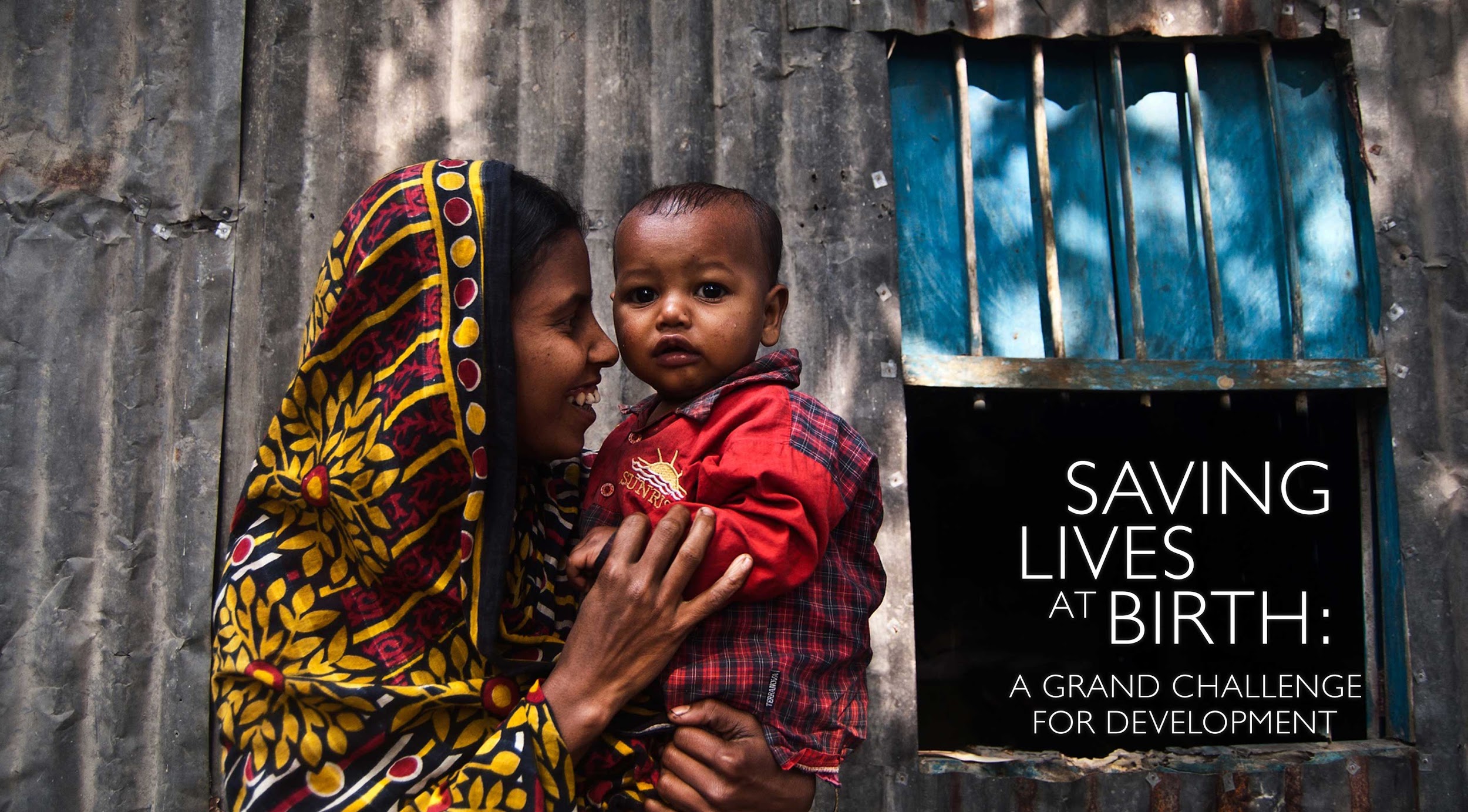
Saving Lives at Birth: A Grand Challenge for Development
Saving Lives at Birth: A Grand Challenge for Development has launched its eighth call for groundbreaking, sustainable innovations to save the lives of mothers and newborns in the hardest-to-reach corners of the world. In Round Eight, Saving Lives at Birth seeks to grow scale and sustainability of the most promising solutions transitioning to widespread implementation, which bring together cutting-edge science and/or low-cost technologies, service delivery and demand innovation in transformative new ways.
Applications are now being accepted for Round Eight and submissions are due by February 28, 2018, at 2:00 pm EST. Learn more and apply.
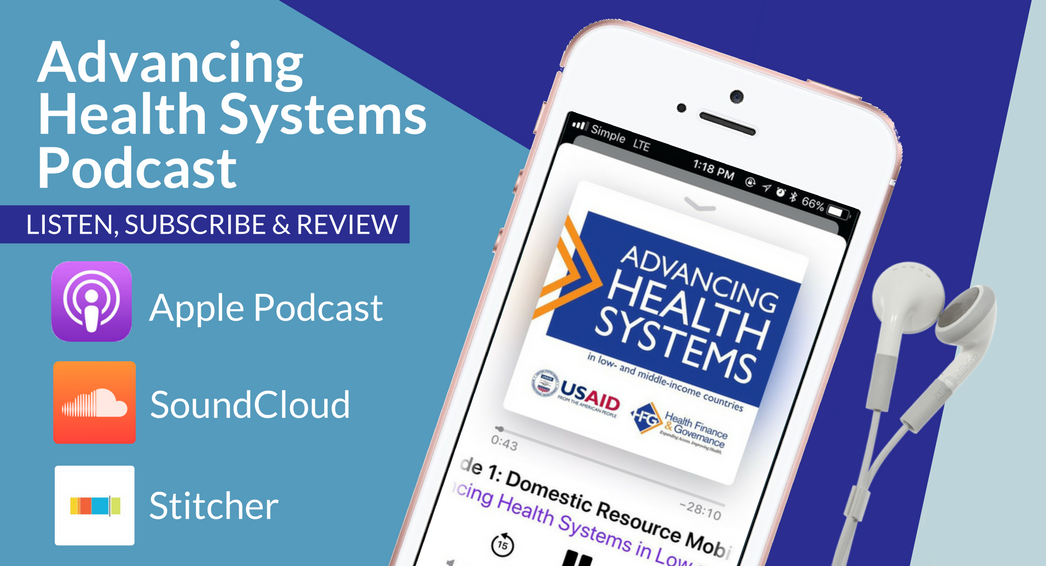
New! Advancing Health Systems Podcast
The new “Advancing Health Systems in Low- and Middle-Income Countries” is a podcast mini-series designed to help listeners appreciate why health finance and governance must be addressed when working to improve health outcomes. Brought to you by the USAID Health Finance and Governance (HFG) project, the series will include episodes that delve into the dynamics of topics like domestic resource mobilization for health, expanding access to healthcare through insurance, and the important of “good governance” in creating responsive, patient-centered health systems. Listen today on iTunes, Soundcloud, or Stitcher.

Women as Behavior Change Agents for Gaining Equity
What are women’s roles within the sanitation value chain in Nepal? How do they participate, what are the barriers to their involvement, and to what extent does increasing women’s participation increase latrine adoption? These are a few of the research questions that the USAID Water, Sanitation, and Hygiene Partnerships and Learning for Sustainability (WASHPaLS) [PDF, 490KB] program seeks to answer with a grant to International Development Enterprises (iDE) Nepal. The activity will be split into three phases: phase one for formative research to answer the above questions; phase two for design and pilot of several new interventions to enhance women’s participation as a means to improve latrine sales; and phase three for measurement of the effectiveness of the pilot interventions. Findings from this project can inform similar sanitation programs interested in promoting gender equity and social inclusion through strengthening women’s capacity to be more effective behavior change agents.
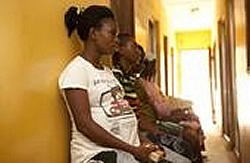
Quality, Equity, Dignity Network
USAID is a founding partner of the Quality, Equity, Dignity Network (QED Network), a network supporting governments to align and harmonize their development programs. Within QED is The Network for Improving Quality of Care for Maternal, Newborn and Child Health, which works to ensure that every pregnant woman and newborn receives good quality care throughout pregnancy, childbirth and the postnatal period with the goal of reducing facility-based maternal and newborn mortality by 50 percent in five years in participating districts. Recently, a World Health Organization-led meeting in Tanzania brought together 11 of the participating countries. Titled “From Roadmaps into Implementation: Operationalizing Quality Improvement in the Network Countries,” the meeting provided a forum for countries to share progress in preparation and implementation of quality improvement activities at the district level. Learn more on the website.
LOOK AHEAD
February 8: UBS and USAID co-host a health financing event in New York City
The UBS Optimus Foundation and USAID’s Center for Accelerating Innovation and Impact will host a conversation with experts from the public and private sector on best practices in innovative financing for global health and development at the UBS offices in New York City. You can register and find out more about this event.
February 8: USAID’s Food and Nutrition Technical Assistance III Project (FANTA) webinar
USAID’s FANTA project will host a webinar called, Nutrition as the Entry Point to Strengthening Health Systems. USAID senior staff will present an overview of USAID’s investments in health systems strengthening through nutrition and particularly through the use of a quality improvement focus. FANTA technical experts will then provide an overview of the World Health Organization’s health systems strengthening framework. Register and learn more about the event.
USAID GH MEDIA MENTIONS
More Rwandans than Ever before Are Finding Affordable Health Care Options
Life on the Congo River: Boosting Survival Rates for Mothers and Babies – In Pictures
A Modest Amount of American Money Can Help the World’s Poorest Countries

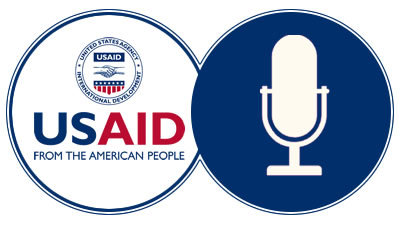
Comment
Make a general inquiry or suggest an improvement.